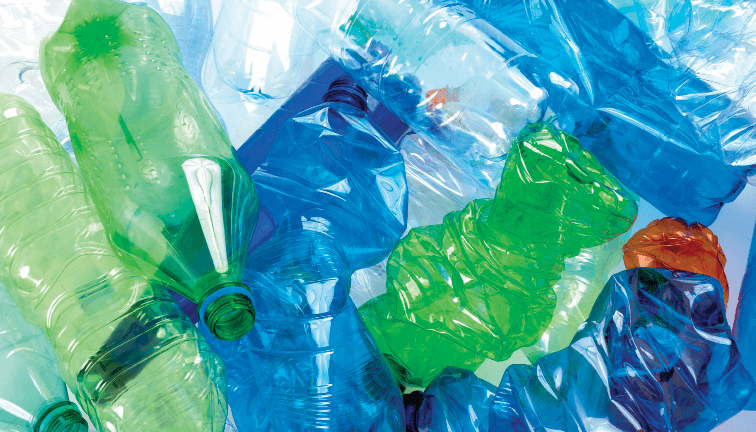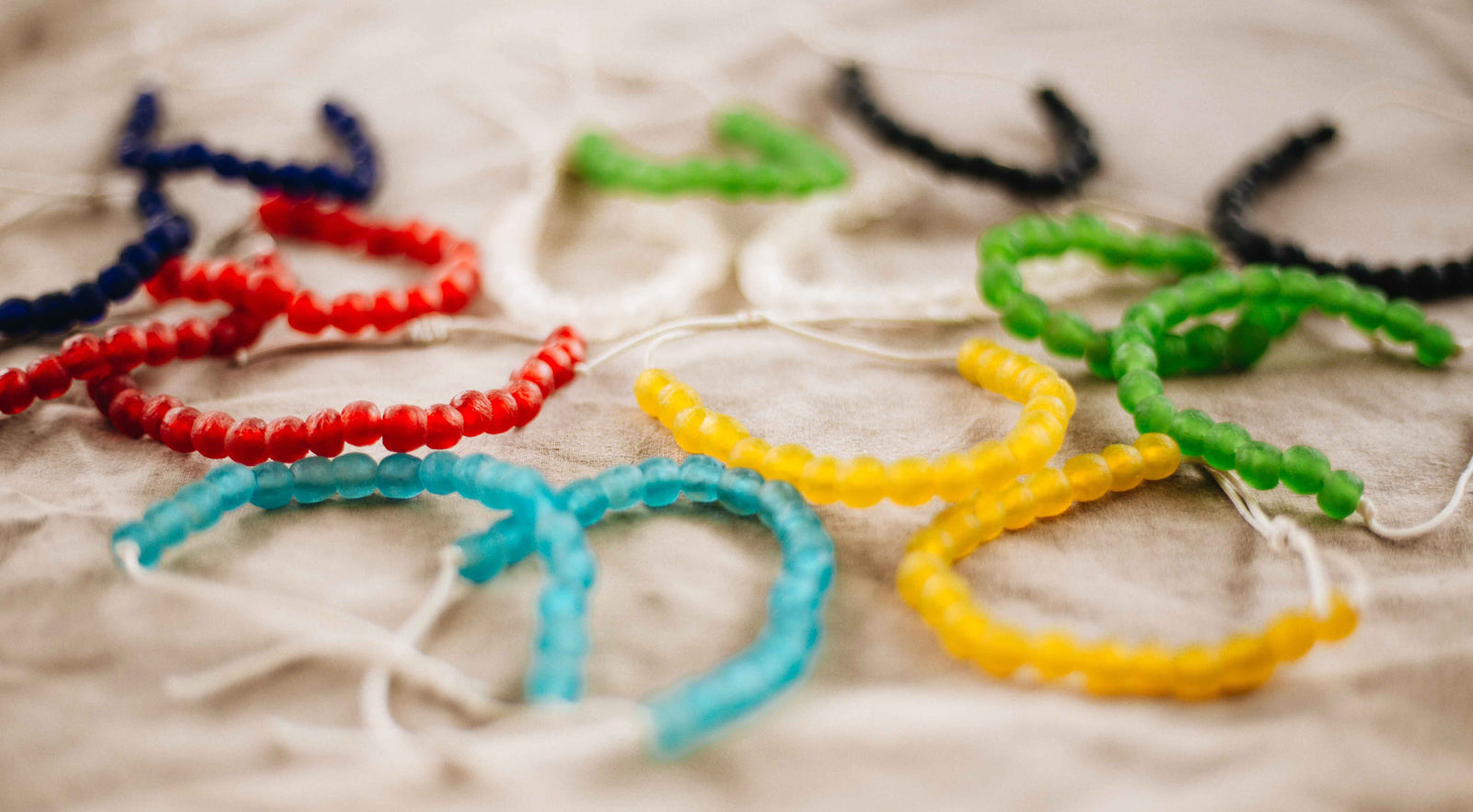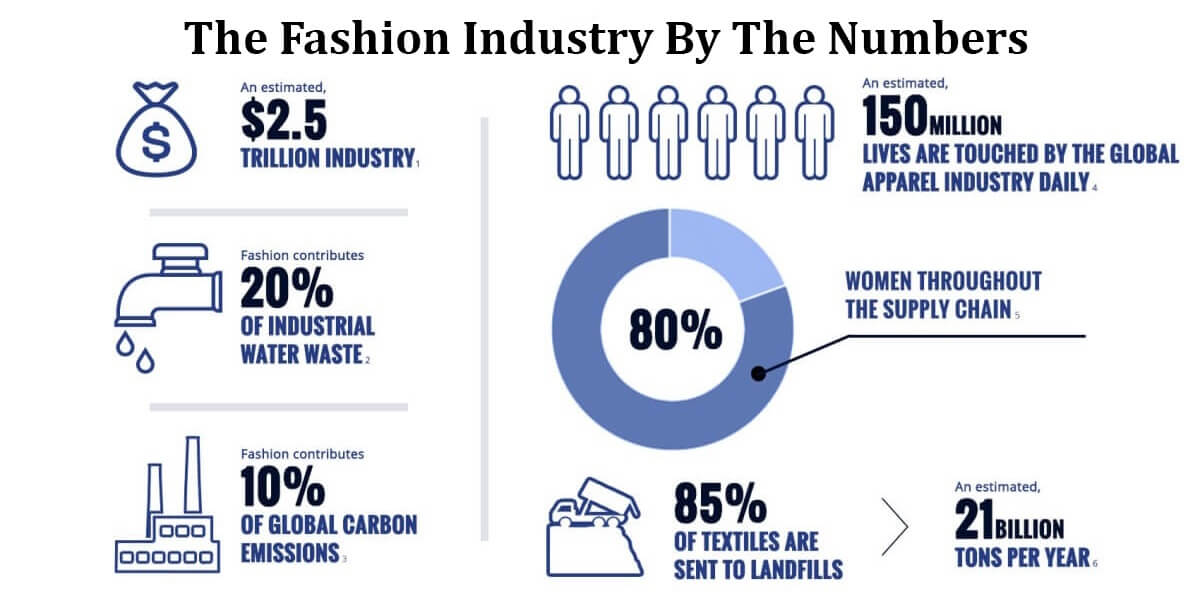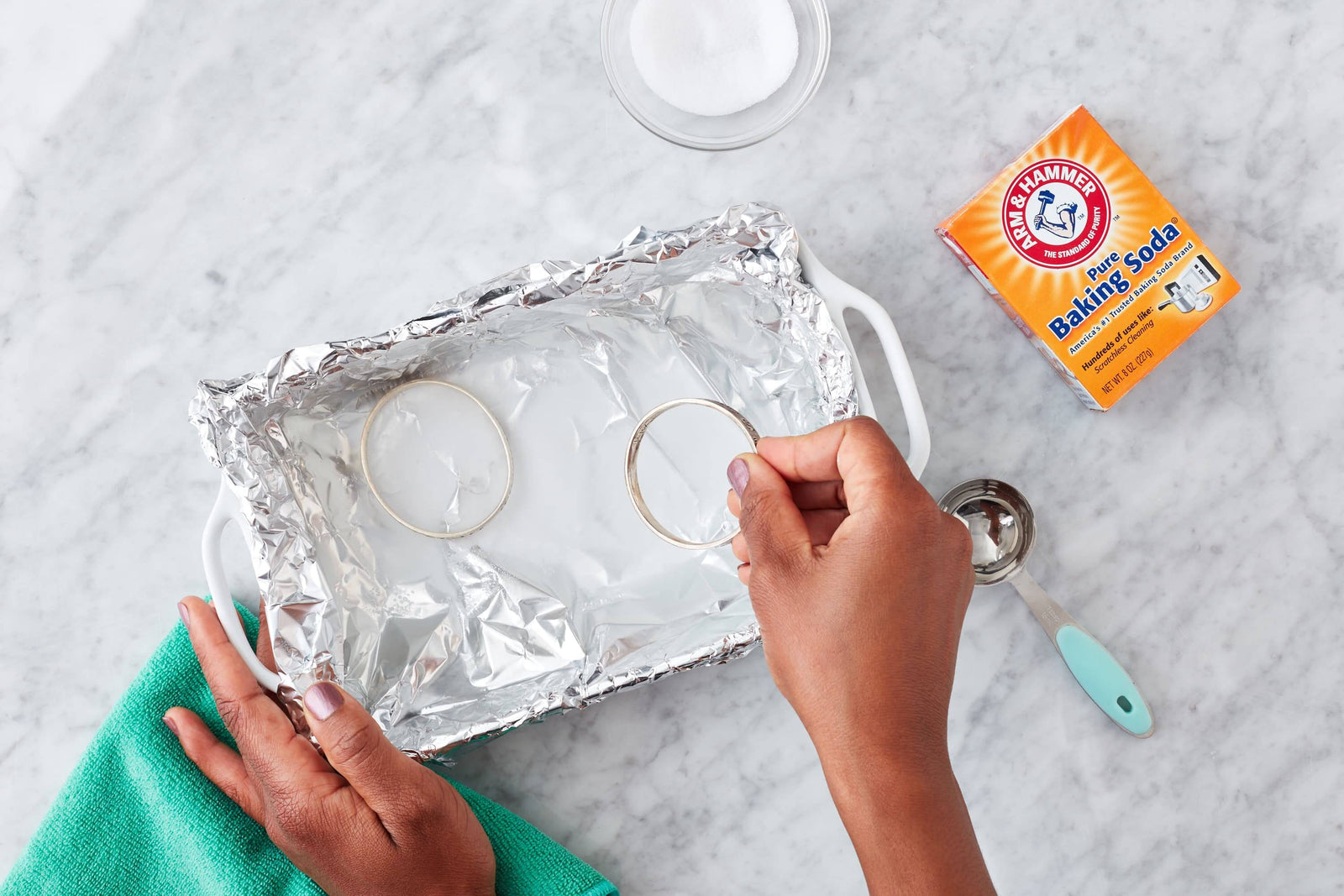Your Cart is Empty
Be the Change You Wish To See In The World!!!
What Is Recycled Polyethylene Terephthalate (rPET)?
Each year, over 1.5 billion pounds of used Polyethylene Terephthalate (PET) plastic containers and bottles are recovered in the United States and sent for recycling. Recycled PET (rPET) can be used as clamshell food containers, bottles, cups, trays, carpet, fiberfill, clothing, and other types of food packaging.
What’s more, PET plastic is infinitely recyclable because it can be used again and again. Recycling facilities can use additives to raise the PET’s intrinsic viscosity (IV), which is a measure of the molecular weight of the polymer. This characteristic indicates the melting point, crystallinity, and tensile strength of the plastic.
While rPET may not be a total solution to the planet’s growing plastic waste problem, it is a sustainable recycling alternative that can significantly reduce the plastic footprint around the world. Some of the largest bottling companies, like Coca-Cola and PepsiCo, are supporting rPET recycling initiatives.

What Are PET and rPET?
Polyethylene terephthalate is a type of plastic resin and a type of polyester. PET is fully recyclable as rPET. In this form, it’s a polymer made from combining purified terephthalic acid with modified ethylene glycol. PET was discovered and patented initially by researchers in the United Kingdom back in 1941.
If a plastic bottle or container has a #1 on the bottom, then it’s PET plastic. Now that you know what the code means, you can see that many of your pantry items are made of PET. Some examples are peanut butter containers, drink bottles, produce packaging, bakery item packaging, prepackaged salad containers, frozen food packaging, and salad dressing bottles. Other items, such as cosmetics and household cleaners, are also bottled with PET.
PET is popular due to its versatility. It’s transparent, thermo-stable, and durable. It’s also lightweight, shatter-resistant, affordable, resealable, and, of course, recyclable. rPET is created when recycling PET plastics for reuse as packaging materials. The used plastic is collected, sorted, and cleaned. Then, it’s processed into rPET, which can be used as new packaging.
Benefits of Using rPET
PET and rPET reduce the amount of plastic circulating the planet, and it offers other advantages for manufacturers and consumers alike. What makes rPET readily recyclable is that it can be used again and again by washing and then re-melting it. In fact, about 1.5 billion pounds of PET containers and bottles are recovered in the U.S. annually, making it the most recycled plastic in the country. Just about all municipal recycling programs in Europe and North America accept PET plastic.
Uses for Recycled PET
The average U.S. household uses 45 pounds of PET jars and bottles each year. If all that were recycled, the yield would be enough recycled PET fiber to make 12 dozen T-shirts or a 12’ x 5’ carpet. PET can also be recycled into dozens of other items, such as:
Closed-Loop Recycling
PET is so fully recyclable that the only limit to the market is the amount of material that we can collect and send to recycling facilities. As more facilities come online, the more we can recycle PET plastic into new storage and food-grade containers. This is called closed-loop recycling, and it is further expanding the sustainability and efficiencies of PET.

Companies Using Sustainable Material
More companies are embracing the idea of using rPET materials to create their product packaging due to the feasibility as well as consumer response. Two such companies are Coca-Cola Co. and PepsiCo.
Coca-Cola’s Sustainability Initiative
CCEP is the world’s largest independent Coca-Cola bottler. With operations in 13 countries, it distributes its branded beverages to over 300 million consumers. In 2019, Coca-Cola European Partners (CCEP) began using 100% recycled plastic bottles for select brands, including Chaudfontaine, Honest Tea, and Glacéau Smartwater.
Switching to rPET for its bottling and packaging is projected to eliminate 9,920 tons of new plastic each year in Western Europe. This initiative supports CCEP’s commitment to joint sustainability. The goal is for half of the plastic used in PET bottles across Western Europe to come from recycled sources by the year 2025.
Domestically, Coca-Cola introduced a sustainable packaging plan for Dasani water, which included a move to using hybrid bottles and aluminum cans as a graduated plan toward sustainability.
PepsiCo’s Plan to Reduce, Recycle, and Reuse
Also in 2019, PepsiCo announced plans to package its LIFEWATR bottled water in 100% rPET. PepsiCo’s goal is to use 25% recycled plastic in all its plastic packaging by the year 2025. In addition, PepsiCo will stop packaging its Bubly sparkling water in plastic bottles, and they will offer aluminum packaging in U.S. markets for their Aquafina water brand. These two initiatives will eliminate over 8,000 metric tons of new plastic production and about 11,000 tons of greenhouse gas emissions.
Such initiatives are not new for PepsiCo. In 2009, the company began packaging its Naked Juice brand of fruit and vegetable beverages in rPET bottles and plans on using 100% rPET. The company acknowledges that using rPET requires 25% less energy than producing new plastic.
In addition to the plastic packaging goals for 2025, PepsiCo’s ultimate goal is to make 100% of its packaging compostable, recyclable, or biodegradable by then as well. By the end of 2019, PepsiCo North America reached 95% recyclable beverage packaging. The company has another initiative called Beyond the Bottle and is testing refill stations as part of it, setting up dozens of market prototypes.
rPET for Recycled Bracelets
At Bead the Change, one of the global issues we support through our recycled plastic bracelets is that of plastic pollution, which threatens both land and marine species across the globe. Discarded plastic is clogging our waterways, poisoning and injuring animal species, and filling our oceans with toxins.
What better way to raise funds and awareness than to offer recycled bracelets using rPET? The bracelet cord is made from recycled plastic water bottles. In an authentic way, we are taking something that was once garbage, keeping it from the landfill or the ocean, and creating jewelry that embodies a movement.
Comments will be approved before showing up.
In short, ethical fashion works toward the social good of society. It takes into account the workers who make the clothing industry possible. This includes everyone from the farmers who grow the fabric to the garment workers who stitch the pieces together. These efforts go beyond the surface we see as consumers. Rather, social good is deeper than the public image. A brand must take care to ensure fair wages, maintain fair trade certifications, and provide healthy working conditions. The ethically responsible brand invests in its people as much as it does its product, if not more so.
Now, you never have to tuck your jewelry away because it needs a deep cleaning. You can keep your jewelry sparkling yourself using eco-friendly cleaning agents you probably already have around the house.
Here are a few cleaning options that don’t involve harsh chemicals.



